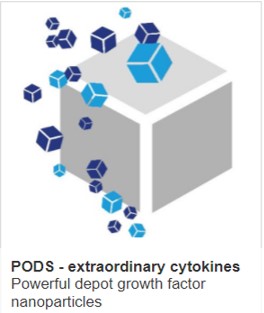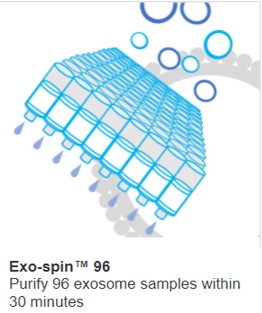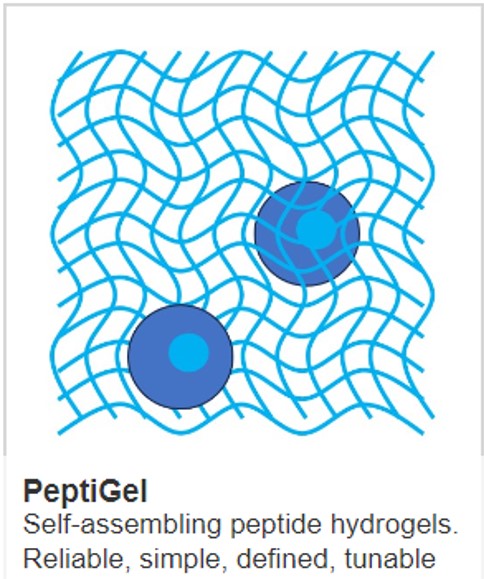EVs and mental health disorders: a step towards a better understanding?

Major depressive disorder (MDD) is a debilitating illness that 5-17% of people will experience during their lifetime. Identifying underlying biological mechanisms in MDD could increase our understanding of this disorder; allowing early-stage diagnosis and the development of new treatments. Extracellular vesicles (EVs), nano-sized, lipid-bound derivatives of cells that contain a plethora of cargo, such as miRNAs, lipids, and other proteins, offer a new avenue in this research.
Why are EVs being investigated?
EVs have become widely investigated for the identification of biomarkers in various diseases, such as cancer and Alzheimer’s disease. The reason for this is that they can be isolated relatively easily from affected patients via blood samples, as opposed to invasive biopsies. EVs can also cross the blood-brain barrier (BBB), making them valuable candidates for understanding disease processes within the brain cells of MDD patients. Whilst the underlying mechanisms of MDD are not fully understood, EVs may play a causative role in the pathophysiology of this disorder.
EVs and Neuroinflammation
Neuroinflammation, the innate immune response of microglia and astrocytes (types of neuronal cells), leads to the production of cytokines and miRNAs that, over time, contribute to neurodegeneration. Evidence suggests that these cytokines and miRNAs are transported between cells via exosomes.
Notably, astrocyte-derived EVs may act as ‘windows into the brain’ by enabling the measurement of inflammatory markers. A study by Han Rong and colleagues at Shenzhen Kangning Hospital identified a range of inflammatory EV markers that were significantly increased in patients diagnosed with MDD.
Biomarker Potential
Since EVs contain molecular information of the parent cells they are derived from, they may offer an avenue for early diagnosis, as well as the monitoring of how treatments are affecting patients.
In particular, micro RNAs (miRNA) have gained a lot of attention as potential biomarkers for a number of diseases. Liang et al., investigated miRNA-139-5p as a potential biomarker in MDD patients. They identified significantly increased levels of this miRNA in the exosomes of MDD patients versus healthy controls. Interestingly, overexpression of this miRNA has been implicated in the inhibition of neurogenesis (the generation of new neuronal cells).
A literature review identified almost one hundred miRNAs that were dysregulated in patients suffering from clinical MDD. They found that these miRNAs may ultimately lead to altering the protein expressions of cells involved in MDD physiology, suggesting the need for further research into consistently dysregulated miRNAs.
EVs and Neuroplasticity
Neuroplasticity, the process of adaptive functional changes within the brain, has become a focus for many researchers trying to understand the mechanisms behind MDD. EVs have been found to influence neuronal plasticity, and the signalling molecules they transport between cells, have been shown, in turn to modulate neuronal growth, repair, and adaptation to stress.
Future prospects
As our understanding of MDD and other mental health disorders continues, EVs represent a new focus for researchers in understanding the underlying biological processes involved, as well as their potential as diagnostic and therapeutic agents.
At Cell Guidance Systems, we help researchers, both new and experienced in the EV field, by providing Qualified Reagents and EV Isolation and Analysis Services.
IMAGE CREIDT Cell Guidance Systems



